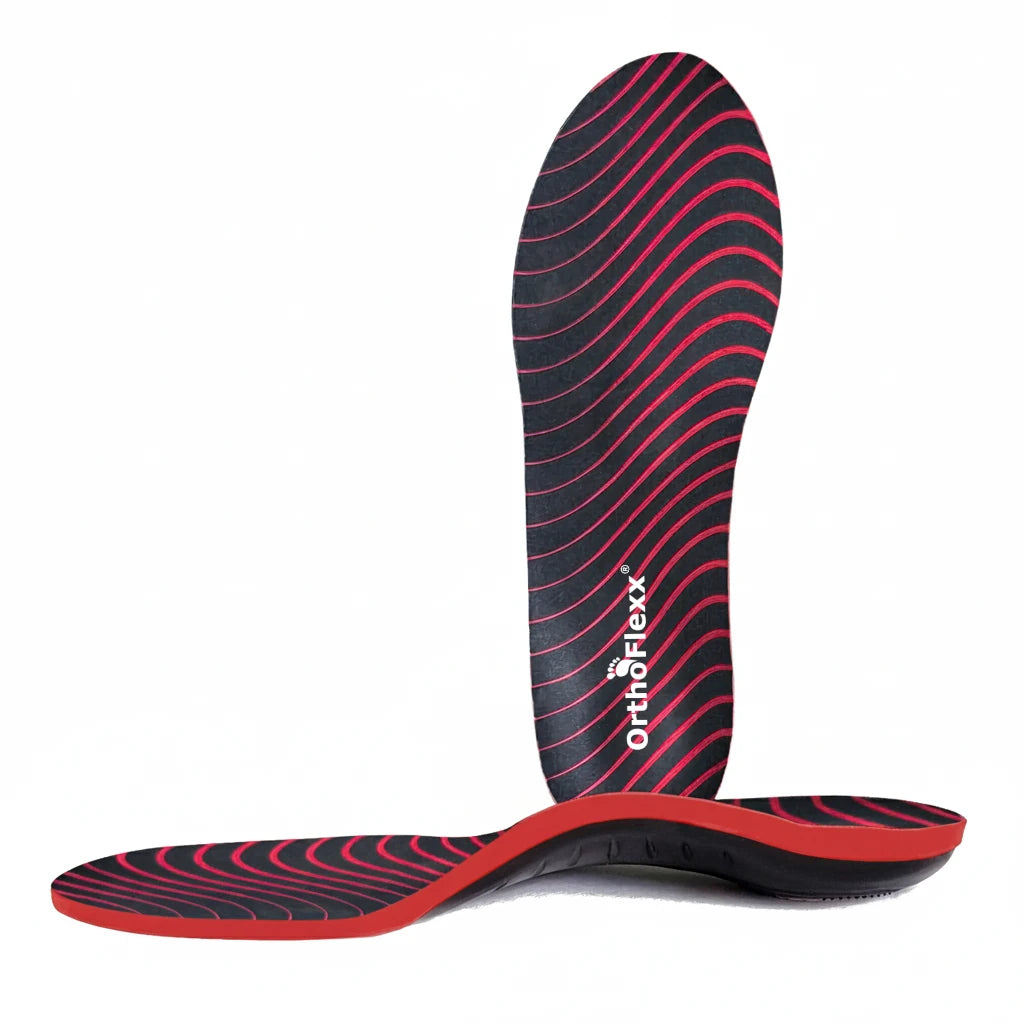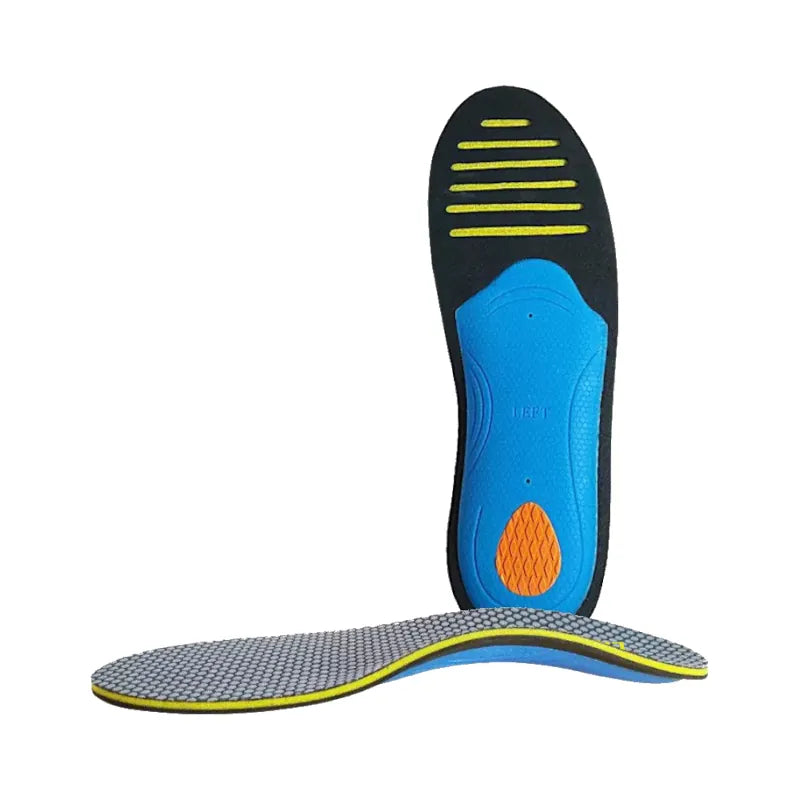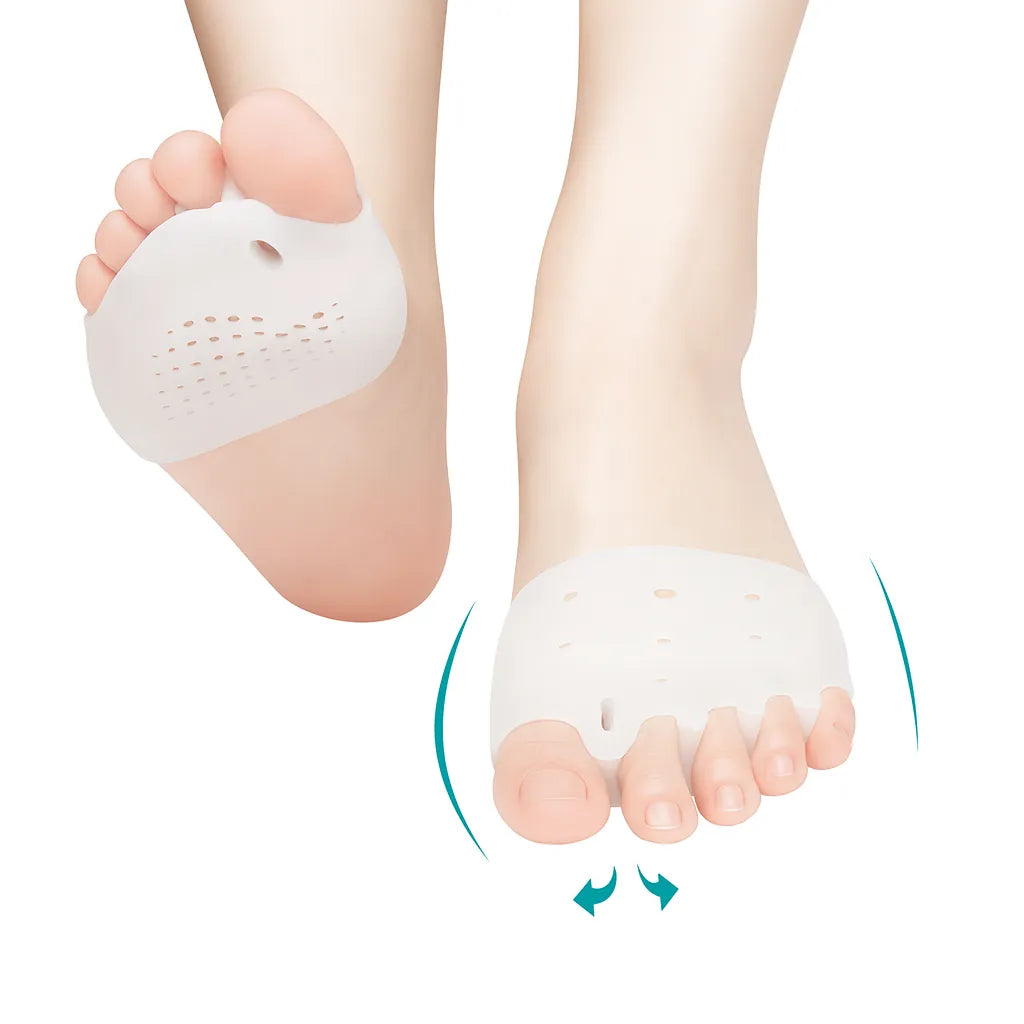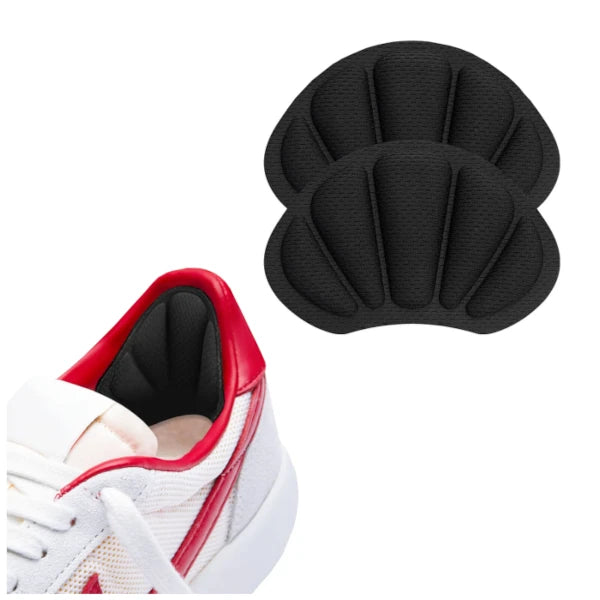
Understanding and Managing "Pain on Top of the Foot"
Share
Introduction / Overview of the problem or issue
Our feet consist of a complex structure comprising not only bones and muscles but also ligaments and tendons. These components work together to facilitate proper functioning, supporting our body weight, enabling mobility, and maintaining balance. Throughout the day, our feet bear the full weight of our body, with each step exerting a force equivalent to 1.5 times our body weight. As a result, it is not uncommon to experience pain in the top of our feet. This pain can make walking and even standing still uncomfortable, often necessitating a visit to a foot healthcare professional.
The severity of this pain can vary, depending on the cause, the extent of any potential injury, and the type of treatment required. Typically, top-of-the-foot pain arises from factors such as inflammation, injury, nerve damage, overuse, underlying health conditions, or wearing ill-fitting footwear. It may also manifest as a lump on the top of the foot.

If you have been experiencing increasing discomfort in the top of one or both feet over a period of days or weeks, you may be curious about the underlying reasons. In this article, we will discuss the symptoms associated with this type of pain, explore the primary causes, and delve into the available treatments.
Symptoms
E.g of a title for the section: "Common Symptoms"
Pain on top of the foot is often accompanied by other symptoms which can vary according to the different causes. Here are some of the signals and symptoms you may also feel:
- Stiffness and Instability
- Abnormal Toe Curling
- Redness, swelling, tenderness or warmth at the site of pain
- Lump On Top Of Foot
- Itchy, Flaking Skin
- Sensation Needles or Numbness
- Difficulty standing and walking
- Decreased range of motion and strength in the foot
Causes
: E.g: “What Causes Foot Pain?"Pain on the top of the foot can stem from various possible factors. The primary cause often relates to overusing the foot during activities such as running, jumping, or kicking. Additionally, wearing ill-fitting footwear that exerts pressure on the top of the foot can be a common contributor. However, there are also more intricate causes to consider, such as the structural and functional aspects of your legs and feet, muscle imbalances, and suboptimal running techniques. These factors can all contribute to the development of pain in the top of the foot.
Here are some of the pathologies that can lead to pain on top of the foot:
- Extensor/tibialis anterior tendonitis: Tendonitis is a common cause of gradual swelling, tenderness, and pain on the top of the foot. Factors like prolonged standing, muscle tightness, off-road running, and foot genetics can contribute to this condition. Tight shoes can worsen the discomfort by increasing pressure on the already inflamed tendons. Symptoms may worsen during activity. Treatment includes rest, NSAIDs, steroid injections, physical therapy, exercises, footwear adjustments, and custom orthotics to relieve tendon stress by aligning the foot.
- Sinus tarsi syndrome: This condition is comparable to carpal tunnel syndrome but occurs in the foot. It occurs when the passage between the heel and the malleolus (ankle bone) becomes constricted, resulting in inflammation. This constriction causes symptoms such as ankle stiffness, instability, and pain while walking or standing. It often occurs following an ankle sprain or when there is instability in the ankle.
- Stress fractures: Fractures in the metatarsal bones, often caused by repetitive overuse, commonly present with symptoms such as swelling and pain. Stress fractures tend to escalate in intensity during activity. Treatment typically involves several weeks of rest, ensuring the foot is relieved from pressure, and the use of appropriate footwear.
- Gout: This condition refers to an inflammatory form of arthritis that results in abrupt and severe pain extending from the joint at the base of the big toe to the top of the foot. Typically, this intense pain manifests primarily at night and is accompanied by redness, tenderness, and swelling. To alleviate the pain and reduce swelling, it is advisable to follow a treatment plan involving medication, rest, and the application of ice.
- Peripheral neuropathy: This condition arises from the impairment of a nerve branch due to compression. It leads to symptoms such as pain, tingling, or numbness that can radiate from the feet to the legs, often accompanied by weakness. Additionally, individuals may experience a burning or shooting pain sensation, resembling the feeling of walking on pins and needles.
- Diabetes: can cause nerve damage, particularly in the feet, leading to the same symptoms as peripheral neuropathy.
- Arthritis: This condition can originate from the base of the big toe and progress towards the top of the foot's arch. It often leads to pain, swelling, and joint inflammation. Effective treatments typically involve the use of anti-inflammatory medications, appropriate footwear, and orthotic shoe inserts to provide adequate support to the foot.
Identifying Key Risk Factors for Foot Pain

As mentioned before, here are the main risk factors for the development of top-of-foot pain:
- Tight shoes
- Obesity
- Trauma
- Excessive training
- Flat feet
- Muscle tightness
When to see a doctor
The way to alleviate pain on the top of the foot depends on the underlying cause. If the pain and swelling are minor, there are several home treatments that are recommended, including:
- Resting the foot
- Applying ice to reduce inflammation
- Taking anti-inflammatory medication
- Elevating the foot to reduce swelling
- Engaging in specific exercises for foot pain relief
- Utilizing foot mobilization therapy techniques
- Wearing properly fitted shoes
- Using orthotic inserts for additional support
- Reducing your level of physical activity
However, if the foot pain is severe, worsening over time, accompanied by a lump on the top of the foot, significant swelling, or if you are unable to put weight on the foot, it is advisable to consult a doctor. Whenever you experience new or unexplained foot pain, it is always important to seek medical attention for an accurate diagnosis.
Conclusion
In conclusion, experiencing pain on the top of the foot can significantly disrupt your daily activities and cause discomfort. It is crucial to recognize that this type of pain is not a normal occurrence, despite its commonality, and could signify a more serious underlying condition. Seeking prompt treatment is essential to address the root cause of the pain effectively. Failing to treat the condition promptly may lead to the need for more extensive interventions, and the chances of finding effective relief may diminish. Therefore, it is advisable to take immediate action and consult a healthcare professional when experiencing pain on the top of the foot.
Author Bio

Inês Pinheiro
Certified Physiotherapist for Shoulder and Knee Injuries
Inês is a skilled physical therapist with a special interest and extensive experience in working with athletes, specifically football players and also neurologic patients.
References
- Miller, A. (2023) Pain On Top of Foot, Foot. Available at: https://www.foot-pain-explored.com/
- Top of the foot pain (2023) Fairfield Podiatry. Available at: https://www.fairfieldpodiatry.com.au/
- Top-of-foot-pain OrthoNeuro. Available at: https://orthoneuro.com/.
- Pain in the top of the foot. NHS choices. Available at: https://www.nhs.uk/.













